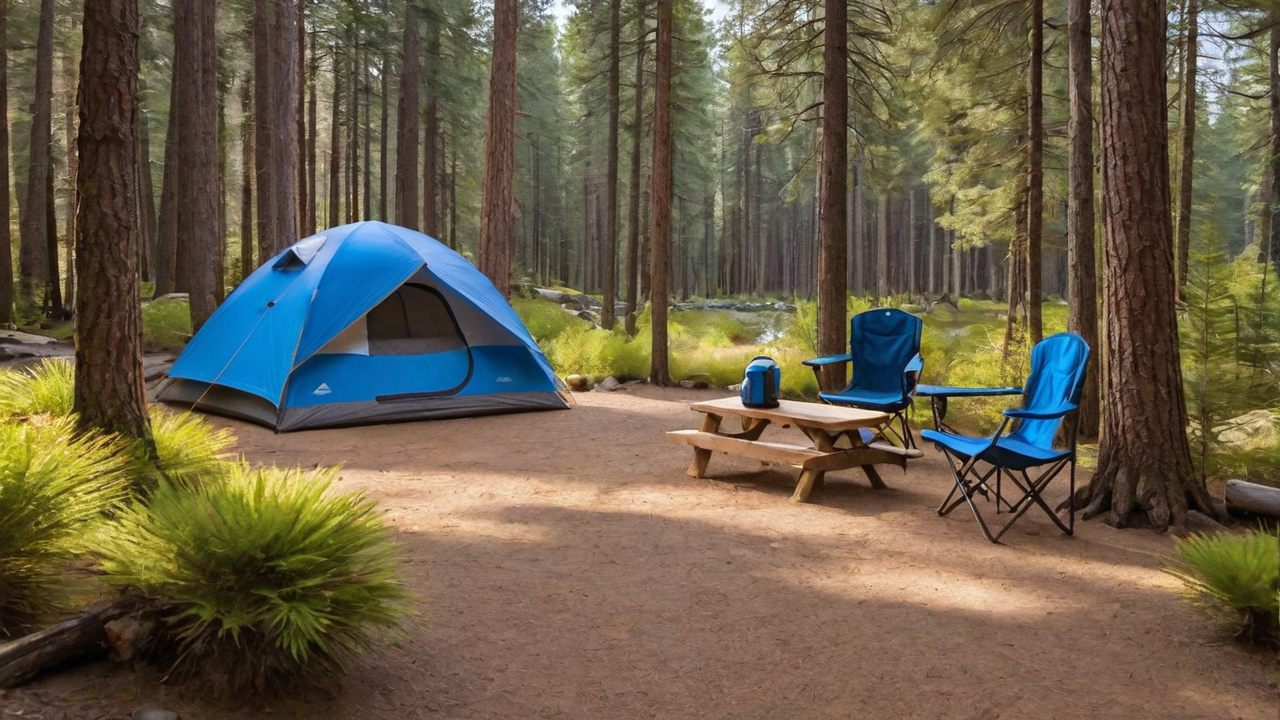
Understanding The Audience
Knowing which your intended audience are essential in crafting an efficient user experience. It's crucial to consider your needs, likes, and tech competence. This understanding guides every design choice, ensuring that your software becomes user-friendly and easy to use.
Understanding the users also implies recognizing the obstacles and how they intend to use your campground software. It enables the designers to customize features and capabilities that meet specific needs, therefore making the application not only useful but also indispensable.
Streamlining the Navigation
Streamlining the navigation system is a major element of interface design. An intuitive menu system makes sure users can readily find what they're searching for, reducing frustration and enhancing satisfaction levels. It's about the experience within the app as effortless as possible.
Furthermore, effective navigation guides users through your software, showcasing features and tools that they might otherwise overlook. Such an approach not only improves usability but also encourages deeper interaction with the campground software full array of capabilities.
Integrating Premium Visuals
Graphics have a crucial part in creating a engaging user interface. Visuals help in breaking monotony and can demonstrate features more clearly than description alone. Choosing the correct graphics, icons, and colors can greatly enhance the appearance of the software, thereby making it more visually pleasing to your users.
Furthermore, a consistent visual style is essential for building a strong brand identity and trustworthiness among your users. Every element must be in alignment with your brand's ethos and the overall message of the application, resulting in a seamless user experience that feels both polished and inviting.
Enhancing Responsiveness
In the current tech world, users expect camping programs to be responsive on all platforms, from desktop computers to smartphones. A responsive interface ensures that regardless of the screen size, the software offers an uncompromised experience. It not only increases accessibility but likewise caters directly to the audience's mobile lifestyle.
Additionally, improving the responsiveness can lead in enhanced speed, reducing load times and preventing user frustration. Visitors value a fast and efficient interaction when using camping applications, making performance a crucial component in satisfaction levels.
Optimizing the Search
Locating data efficiently is fundamental in any kind of software, especially in campground management. Optimizing your search feature permits users to easily find what they're looking for, which in turn boosts their satisfaction and efficiency. By smart search capabilities, you reduce the frustration and improve general satisfaction.
Furthermore, advanced search options like filters and tags can assist in narrowing down search results, making it search process more effective. Introducing these features shows an understanding of the users' needs and a commitment to making their experience with your campground system as seamless and effective as possible.
Focusing on User Security
Protecting user information is always non-negotiable when coming to designing campground software. Users need to feel safe when entering their personal information. Ensuring robust security measures not only protects the data but also builds trust between the user and the brand.
Beyond basic security features like passwords and encryption, consider implementing additional security measures such as two-factor authentication or biometric verification. These features provide an extra layer of security, ensuring that user data is kept safe from unauthorized access.
Leveraging User Feedback
Feedback is vital for ongoing improvement of the campground program. It enables the developers to see what is working, what doesn’t work, and how their application can be bettered to meet user needs. This feedback creates a sense of community between your customers and your development team, which makes them feel like they are part of the product's journey.
Using this feedback into account can result in tangible improvements in user interface design and overall UX. Making changes based on user input demonstrates that the company values its customers and is dedicated to providing a superior experience.
Maintaining Simplicity
In UI design, the principle of simplicity is fundamental. An overly complicated interface can confuse the users, resulting in a poor user experience. Keeping things simple, on the other hand, helps the software easier to understand and navigate. This encourages more engagement and satisfaction levels.
Additionally, maintaining the simplicity should also apply to the content and features. Avoiding unneeded features that don’t add real value can help ensure that your interface remains clean and focuses on meeting the essential needs of the end-users. By, you create a more streamlined and effective user experience that campground and rv park management software resonates with the audience.